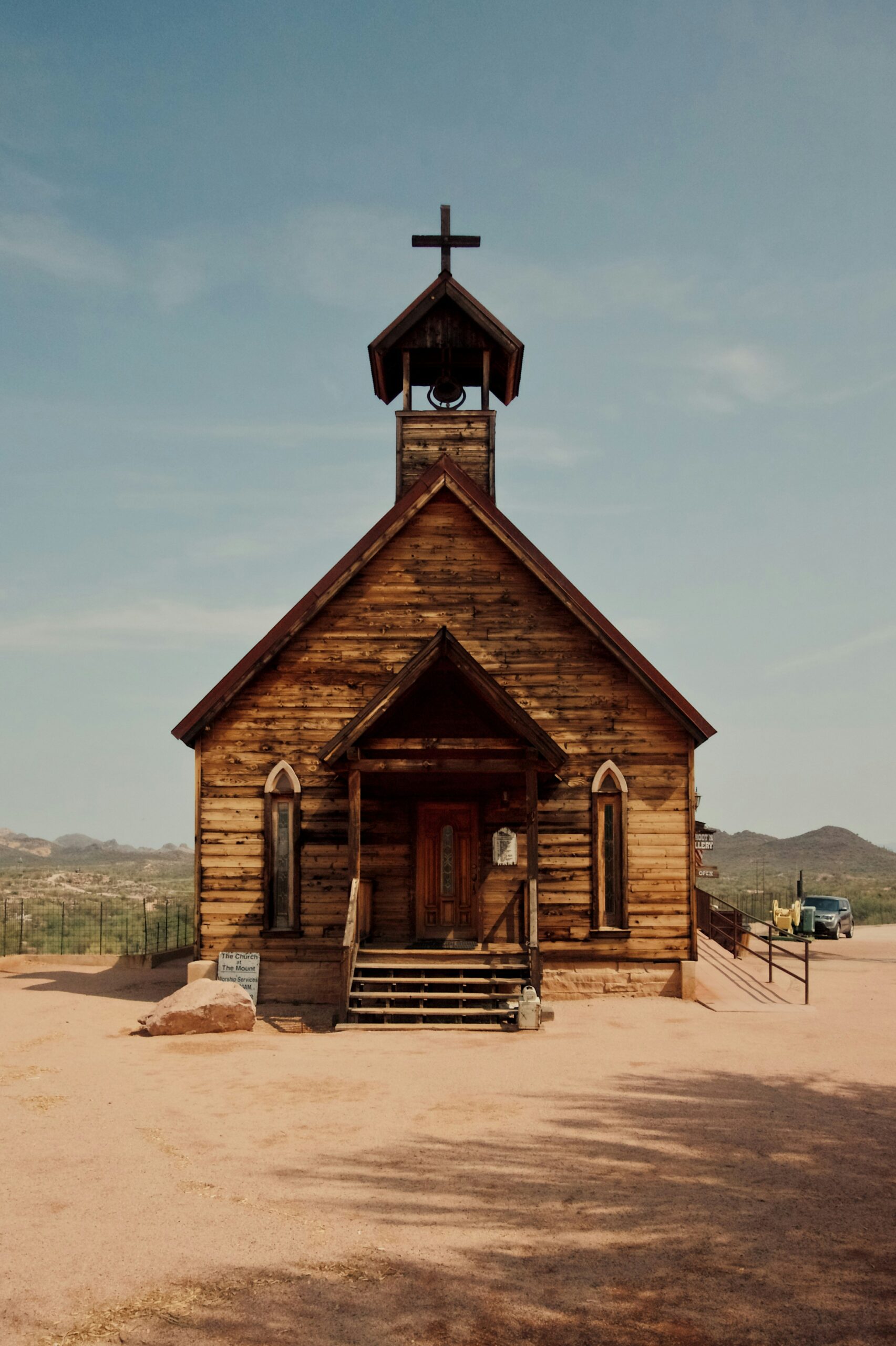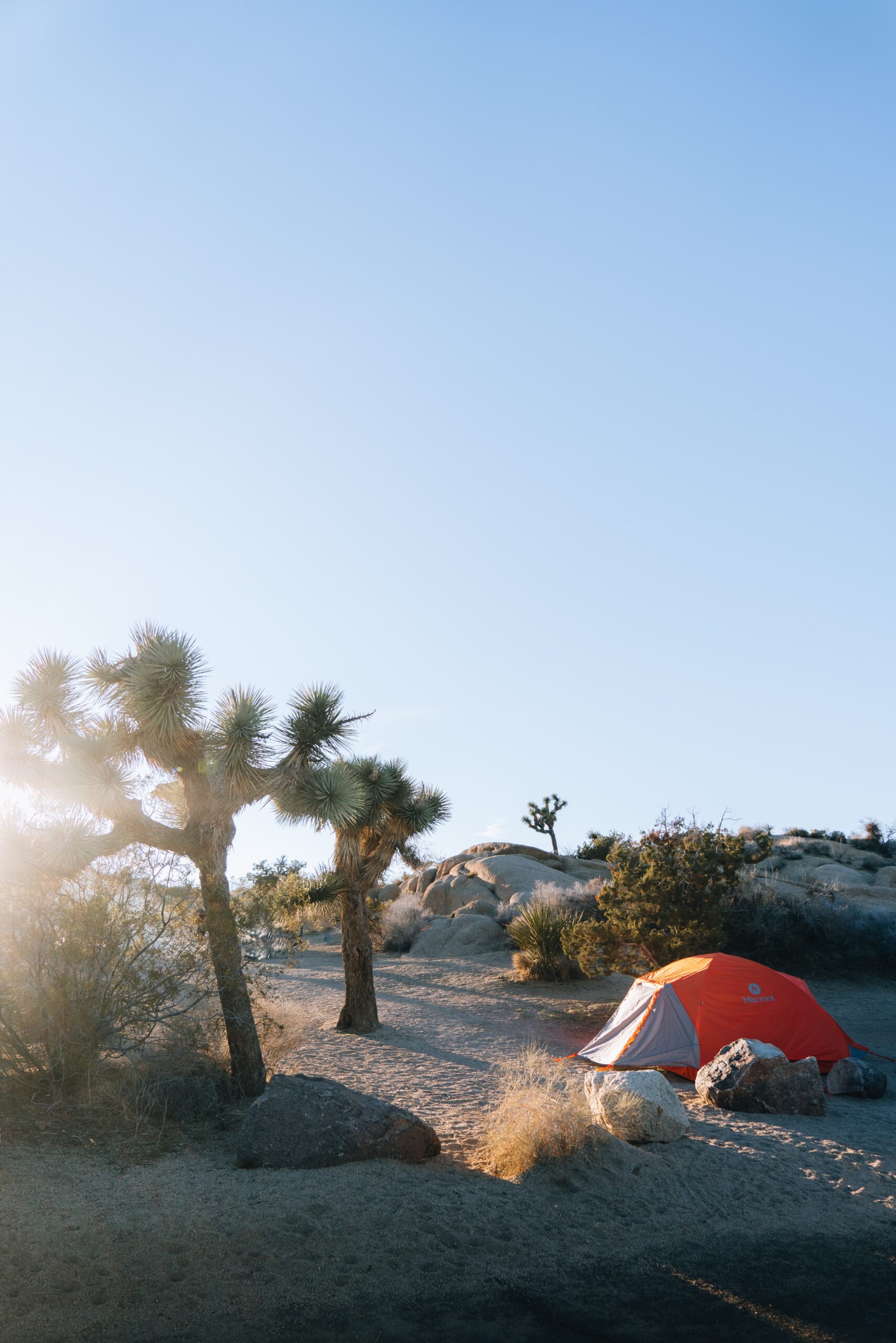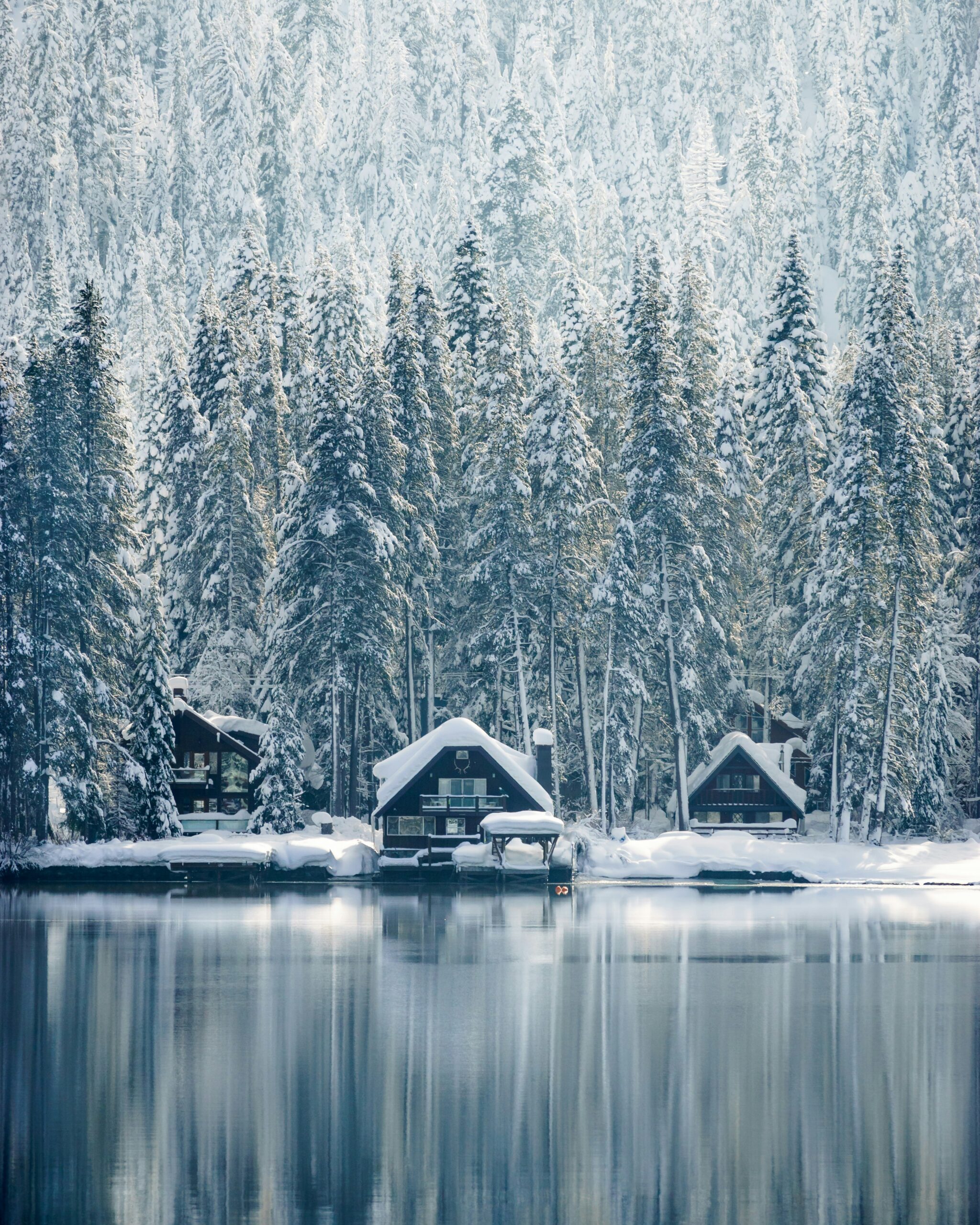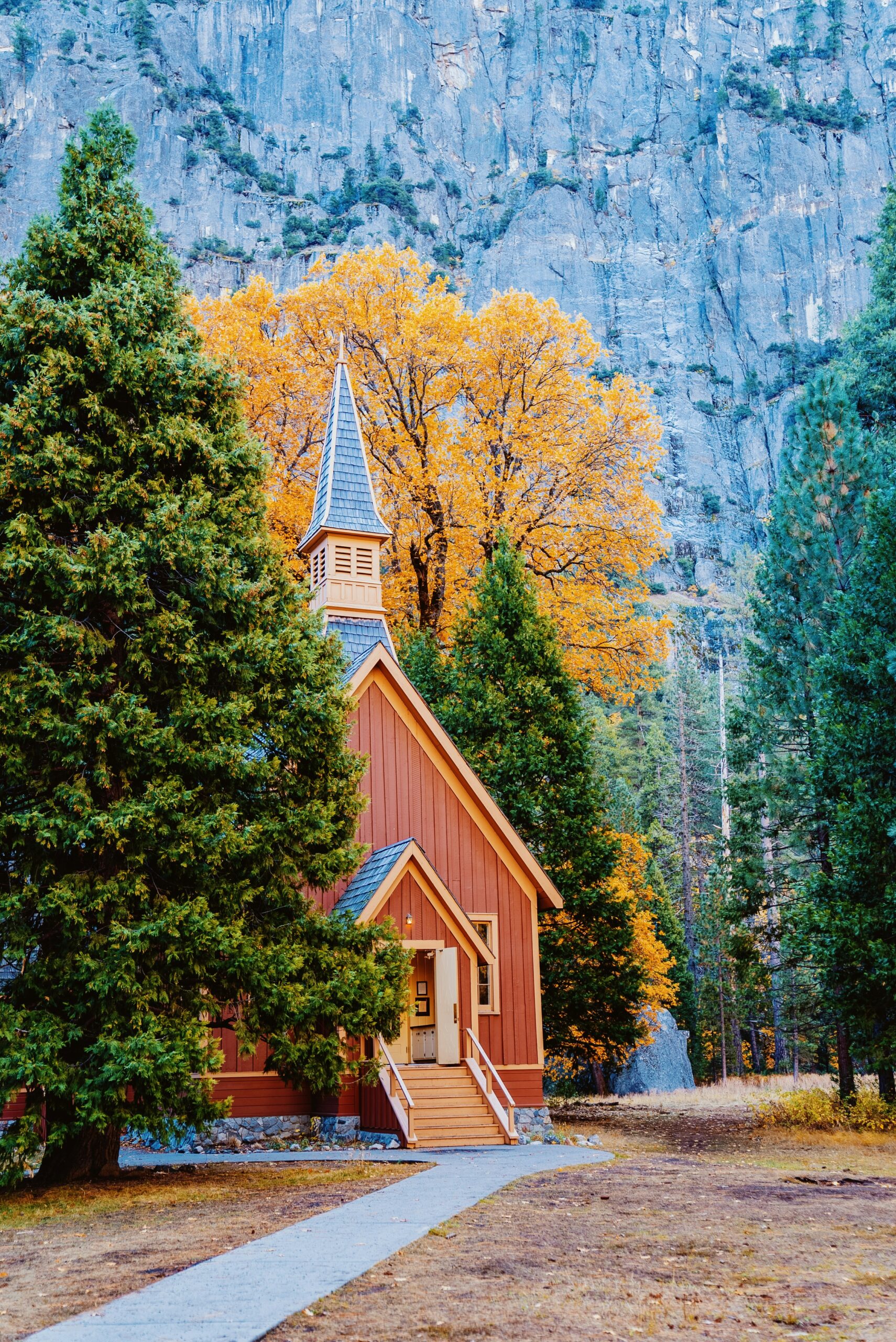10 Must-Visit Ghost Towns in California Where Time Stands Still
California's hot, dry climate has perfectly preserved dozens of abandoned mining settlements from the Gold Rush era, creating some of the most accessible and well-maintained ghost towns in the United States. These historic sites offer visitors a chance to step back in time and explore the remnants of boom-and-bust communities that once thrived during the 1800s mining frenzy.
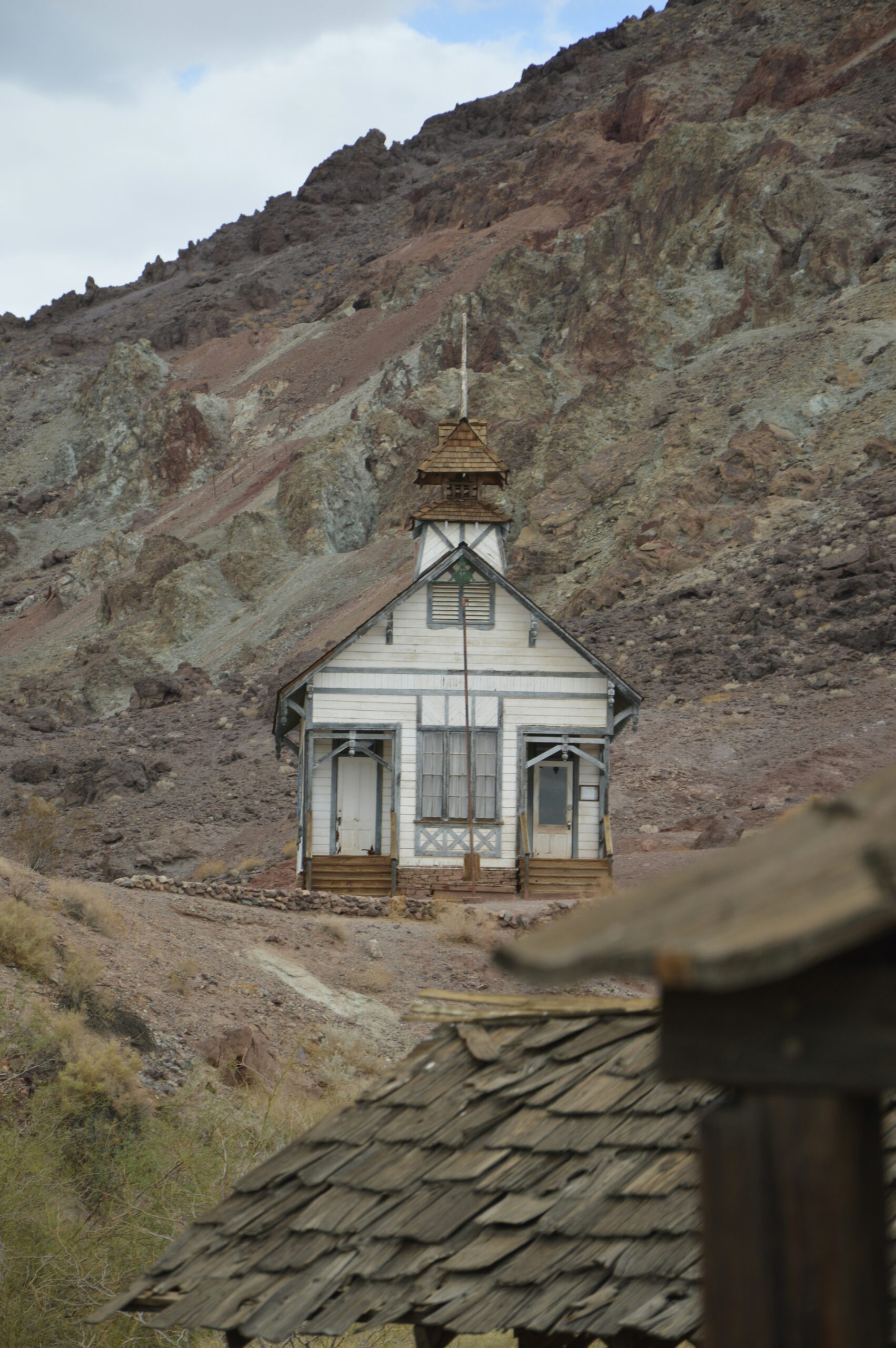
California's ghost towns range from completely abandoned ruins to partially restored historic parks, with many featuring original buildings, mining equipment, and artifacts from their heyday. Each location tells a unique story of fortune seekers, frontier life, and the rapid rise and fall of mining communities across the state.
From the preserved structures of northern California's mining districts to the desert outposts scattered throughout the Sierra Nevada mountains, these destinations provide travelers with opportunities to explore authentic Wild West history. Visitors can expect to find everything from ghost town walking tours and historic exhibits to scenic drives through abandoned settlements nestled in California's diverse landscapes.
10 Must-Visit Ghost Towns in California Where Time Stands Still
Exploring California Ghost Towns: What to Know Before You Go
California's abandoned settlements range from authentic ruins to restored tourist attractions, with most concentrated in the Sierra Nevada foothills and Mojave Desert regions. Visitors should prepare for remote locations, respect private property boundaries, and understand preservation laws before exploring these historic sites.
Defining Ghost Towns in California
Ghost towns in California represent communities that experienced significant population decline after their economic foundations collapsed. Most originated during the Gold Rush era of the 1850s when mining camps sprouted throughout the Sierra Nevada mountains.
These settlements typically featured saloons, general stores, hotels, and mining facilities. When gold deposits depleted or became unprofitable to extract, residents abandoned their homes and businesses. Some towns maintained small populations while others became completely deserted.
California ghost towns fall into three categories: authentic ruins with original structures, partially restored sites with some original buildings, and fully reconstructed tourist destinations. Calico near Barstow represents a completely restored mining town that attracts families seeking educational experiences.
The state contains over 200 documented ghost towns. Many preserve original architecture including wooden storefronts, mining equipment, and cemetery headstones that provide glimpses into 19th-century frontier life.
Notable Regions for Ghost Town Exploration
The Sierra Nevada foothills contain the highest concentration of California ghost towns. This region stretches from Kern County north to Nevada County and includes famous sites like Columbia and Nevada City.
Inyo and Mono Counties along the eastern Sierra offer well-preserved settlements including Bodie State Historic Park. These high-altitude locations experience harsh winters that naturally preserved wooden structures and artifacts.
The Mojave Desert hosts numerous mining camps accessible via dirt roads. Calico, Randsburg, and Kelso represent different preservation approaches from full restoration to authentic ruins.
Death Valley region contains remote ghost towns requiring four-wheel-drive vehicles to reach. Rhyolite, Ballarat, and Panamint City sit in isolated valleys surrounded by mountain ranges.
Northern California counties including Shasta and Plumas feature Gold Rush era settlements like Shasta State Historic Park that operated as supply centers for surrounding mining camps. These locations often maintain better road access than desert sites.
Travel Tips and Visitor Etiquette
Vehicle Requirements: Many ghost towns require high-clearance vehicles or four-wheel-drive capability. Desert locations often involve washboard dirt roads that can damage low-clearance cars.
Safety Considerations: Bring extra water, food, and emergency supplies when visiting remote locations. Cell phone coverage remains spotty in mountainous and desert regions.
Weather Planning: Mountain ghost towns become inaccessible during winter snowfall. Desert sites experience extreme temperatures exceeding 110°F during summer months.
Respect Guidelines:
- Stay on designated trails and paths
- Never remove artifacts or disturb structures
- Respect private property boundaries and posted signs
- Leave no trace by packing out all trash
Photography Ethics: Take only photographs and avoid climbing on fragile wooden structures. Many buildings contain lead paint and asbestos that pose health risks when disturbed.
Research Requirements: Check current access conditions before traveling. Some locations require permits or have seasonal closures for wildlife protection or road maintenance.
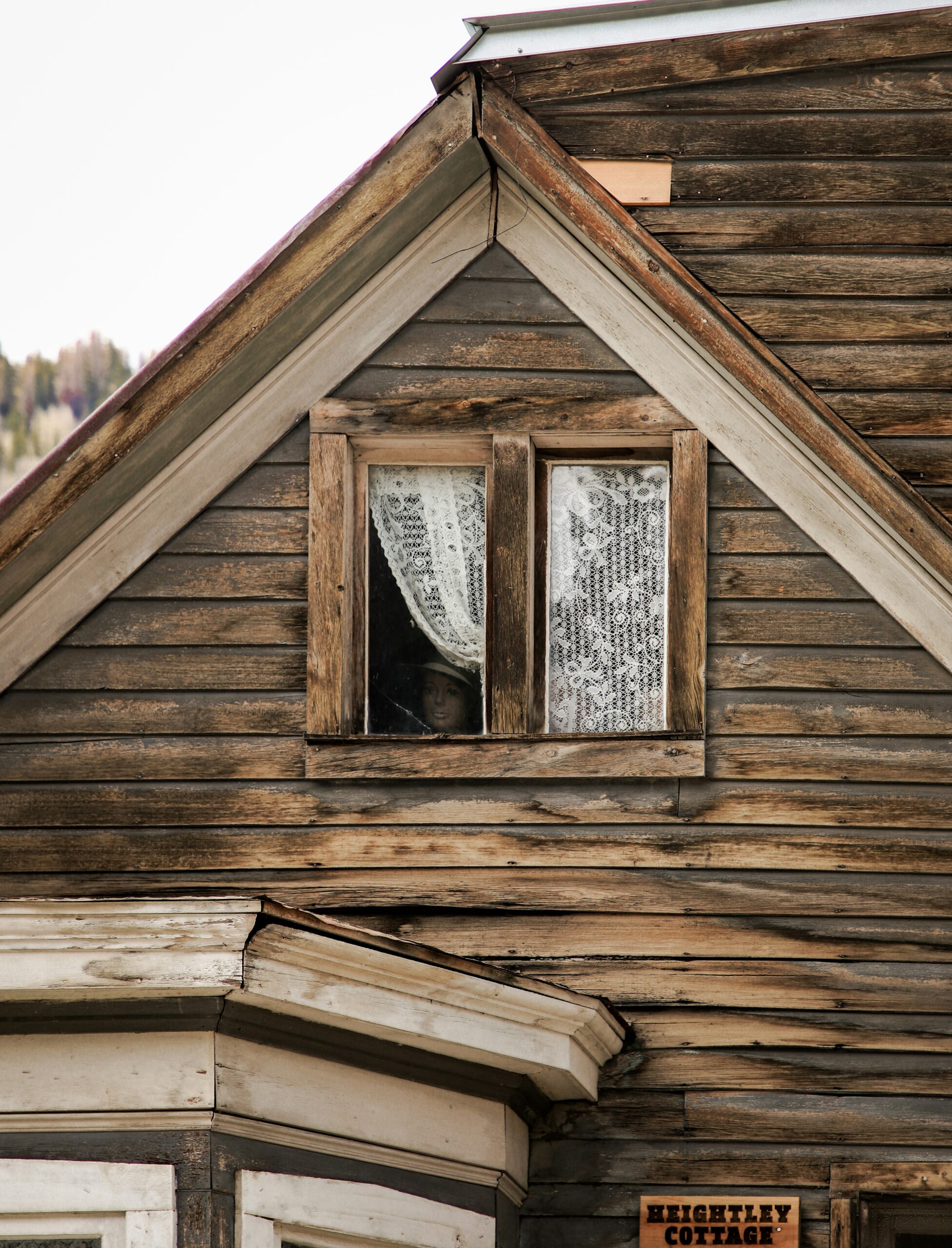
Top Historic Mining Ghost Towns in California
California's historic mining ghost towns showcase the state's rich mineral extraction heritage, from the 1849 Gold Rush through the silver boom of the 1880s. These abandoned settlements span from the Mojave Desert along Route 66 to the remote Sierra Nevada mountains, each preserving unique stories of boom and bust cycles.
Calico Ghost Town and Route 66
Calico stands as one of California's most accessible ghost towns, located just off Interstate 15 near Barstow along the historic Route 66 corridor. The town emerged in 1881 following the discovery of massive silver ore deposits in the surrounding Calico Mountains.
At its peak, Calico supported over 1,200 residents and featured 22 saloons plus a thriving red-light district. The settlement produced more than $20 million worth of silver ore during its operational years.
Key Features:
- Restored buildings from the 1880s mining era
- Mine tours and gold panning experiences
- Lucy Lane Museum with period artifacts
- Ghost tours and historical reenactments
The town's decline began when silver prices plummeted in the 1890s. By 1929, Calico was nearly deserted.
Walter Knott of Knott's Berry Farm purchased the site in 1951 and restored five original buildings. This restoration effort transformed Calico into a well-preserved mining attraction rather than a crumbling ruin.
Bodie State Historic Park and the Gold Rush Era
Bodie represents California's most authentic and well-preserved Gold Rush ghost town. Named after prospector Waterman S. Body, the settlement began as a small mining camp in 1859.
The town exploded during the late 1870s when rich gold veins were discovered. By 1880, approximately 9,000 residents called Bodie home, supported by 30 active gold mines that extracted over 10,000 pounds of precious metals.
Bodie's Historical Significance:
- Peak population of 9,000 during the gold boom
- 110 surviving structures in various states of preservation
- Original mining equipment and household items intact
- Reputation as one of the West's most lawless towns
Devastating fires in 1892 and 1932 destroyed much of the town. The remote location and harsh winters contributed to its eventual abandonment.
Today, Bodie State Historic Park maintains the site in “arrested decay,” preserving buildings without full restoration. Visitors can explore the townsite on self-guided walking tours year-round, weather permitting.
Cerro Gordo: The Silver Mining Town
Cerro Gordo, meaning “fat hill” in Spanish, ranks among California's most significant silver mining operations. Pablo Flores established the initial mining camp in 1865 at Buena Vista Peak in the Inyo Mountains.
The remote location presented enormous logistical challenges. Mule-team wagon trains transported silver ore 275 miles to Los Angeles markets via treacherous mountain roads.
At its 1870s peak, Cerro Gordo housed 1,500 residents and earned a reputation for extreme lawlessness. The mines produced an estimated $17 million worth of silver and lead ore.
Mining Operations:
- 30+ active mines during peak production
- Custom smelter facility on-site
- Private road system for ore transport
- Company store and boarding houses
Production declined in the 1880s as easily accessible ore deposits were exhausted. By 1920, only ten miners remained in the camp.
The site is currently privately owned and undergoing restoration as a historical attraction. Original structures include the Hoist House, Assay Office, and superintendent's residence.
Panamint City and the Panamint Mountains
Panamint City emerged in 1873 following silver discoveries in Surprise Canyon, deep within the Panamint Mountains. The extremely remote location made it one of California's most isolated mining camps.
Despite accessibility challenges, the town quickly grew to 2,000 residents during the mid-1870s boom. The settlement featured hotels, saloons, stores, and even a local newspaper called the Panamint News.
Geographic Challenges:
- 6,000-foot elevation in rugged terrain
- Single narrow canyon access road
- Extreme weather conditions
- Limited water supplies
The mines produced high-grade silver ore worth millions of dollars. However, transportation costs consumed most profits due to the difficult terrain.
A devastating flash flood in 1876 destroyed most of the town's buildings. Combined with declining ore quality, this natural disaster effectively ended Panamint City's existence.
Today, only scattered stone foundations and mine tailings remain visible. The site requires a challenging hike through Surprise Canyon to reach.
Eagle Mountain Ghost Town
Eagle Mountain developed in the 1940s as a company town supporting Kaiser Steel Corporation's iron ore mining operations. Unlike California's 19th-century gold and silver camps, this represented modern industrial mining.
The town housed 4,000 residents at its peak, complete with schools, recreational facilities, and company housing. Kaiser built the settlement to support the nearby Eagle Mountain Iron Mine.
Modern Mining Town Features:
- Planned community layout
- Company-provided housing and services
- Modern infrastructure and utilities
- Railroad connection for ore transport
Mining operations continued until 1983 when global steel market changes made the operation unprofitable. Kaiser abandoned the entire town, leaving behind intact mid-20th century buildings.
The desert climate has preserved many structures in excellent condition. Visitors can explore residential areas, the company store, and industrial facilities.
Access requires permission as the site remains on private property. The town sits approximately 15 miles north of Desert Center.
Ballarat Ghost Town
Ballarat served as a crucial supply station for miners working in the Panamint Valley during the 1890s mining boom. The town provided essential services including water, whiskey, and provisions to remote desert prospectors.
Founded in 1896, Ballarat quickly grew to 500 residents during its brief heyday. The settlement included a post office, jail, morgue, and several saloons catering to thirsty miners.
Desert Supply Hub:
- Water source for surrounding mines
- General store and trading post
- Overnight accommodations
- Equipment and supply distribution
The town's fortunes directly tied to nearby mining operations. When the mines played out, Ballarat's population dwindled rapidly.
The post office closed in 1917, marking the end of the town's viability. Most
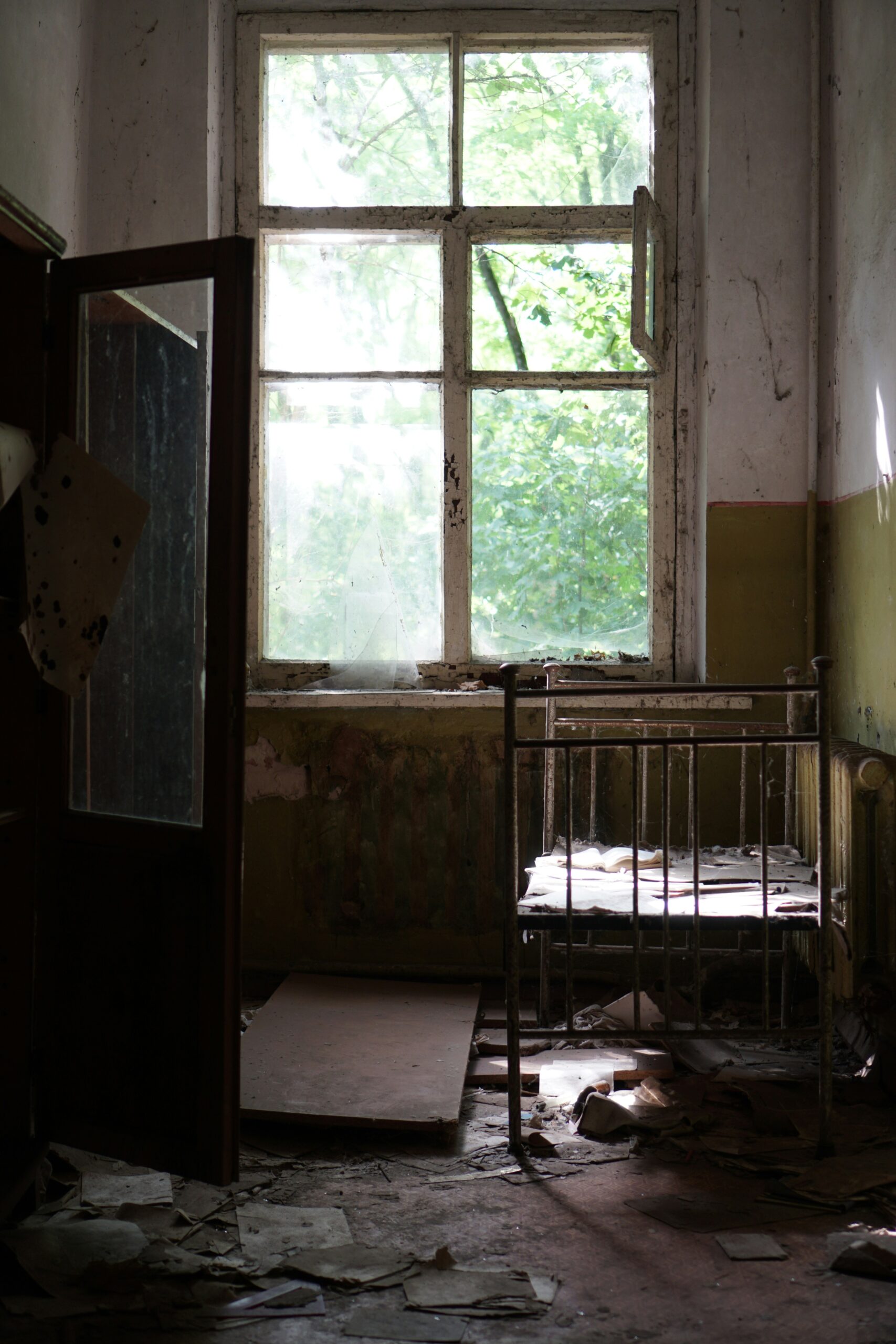
Unique Ghost Town Experiences and Scenic Destinations
California's diverse ghost towns offer distinct experiences ranging from authentic preserved mining camps to reconstructed historical sites. These destinations showcase unique architectural features, natural desert landscapes, and specialized historical themes that set them apart from typical tourist attractions.
Silver City Ghost Town and Golden Cactus Ghost Town
Silver City Ghost Town stands as one of California's most authentic preserved mining settlements. Located in the Calico Mountains, this site features original structures from the 1880s silver boom era. Visitors can explore genuine mine shafts, worker housing, and processing facilities that remain largely untouched.
The town offers guided underground mine tours that descend 200 feet into the original silver workings. These tours reveal authentic mining equipment and explain extraction techniques used during peak production years.
Golden Cactus Ghost Town provides a contrasting experience with its focus on desert flora integration. This lesser-known site combines abandoned mining infrastructure with native plant preservation efforts. The location features interpretive trails that wind through original building foundations.
Key Features:
- Original mine shaft access
- Preserved worker housing
- Desert botanical elements
- Self-guided trail system
Both locations require high-clearance vehicles for access and offer primitive camping opportunities for overnight visitors.
Shasta State Historic Park and North Bloomfield
Shasta State Historic Park preserves a Gold Rush era town that served as a major supply center for northern California mining operations. The park maintains original brick buildings from the 1850s, including a courthouse, general store, and residential structures.
The site features a comprehensive museum housed in the original courthouse building. Exhibits detail the town's role as a transportation hub and legal center for surrounding mining camps.
North Bloomfield represents hydraulic mining history through its preserved infrastructure. This site showcases the massive water cannons and flume systems used to extract gold from hillsides. The town includes original Chinese quarters that demonstrate the multicultural nature of mining communities.
Preserved Structures:
- Courthouse and jail complex
- Commercial district buildings
- Hydraulic mining equipment
- Worker housing areas
Both locations offer educational programs during peak season and maintain visitor centers with historical displays.
Leadfield, Ballarat, and Robbers Roost Ranch
Leadfield Ghost Town exemplifies the boom-and-bust cycle of 1920s mining speculation. This remote Death Valley location operated for less than two years but left substantial building remnants. The site includes foundation ruins, mining equipment, and promotional materials from the failed venture.
Access requires four-wheel drive vehicles and careful navigation through desert terrain. The location offers exceptional photography opportunities with mountain backdrops and desert vistas.
Ballarat Ghost Town serves as a base camp for exploring the Panamint Valley region. This supply town supported nearby mining operations and features a restored general store, cemetery, and residential ruins.
Robbers Roost Ranch provides insight into cattle ranching history connected to mining operations. The site includes original ranch buildings, corrals, and water systems that supported both livestock and mining activities.
Access Requirements:
- High-clearance vehicles recommended
- GPS navigation essential
- Water and supplies necessary
- Seasonal road closures possible
Goffs, Allensworth, and Gardner Field
Goffs represents railroad ghost town history along the historic Route 66 corridor. This Mojave Desert community features a restored schoolhouse that serves as a cultural center and museum. The site demonstrates how railroad construction created temporary boom towns.
The schoolhouse museum contains artifacts from railroad workers, local families, and Native American communities. Exhibits focus on multicultural interactions in remote desert settlements.
Colonel Allensworth State Historic Park preserves California's first all-African American incorporated town. Founded in 1908, this community represents unique social history within the ghost town category. The park maintains original buildings and offers guided tours explaining the town's significance.
Gardner Field connects military aviation history with ghost town exploration. This former World War II training base features abandoned runways, control towers, and support buildings that tell stories of wartime preparation and post-war abandonment.
Historical Themes:
- Railroad development impact
- African American settlement history
- Military aviation training
- Desert community challenges
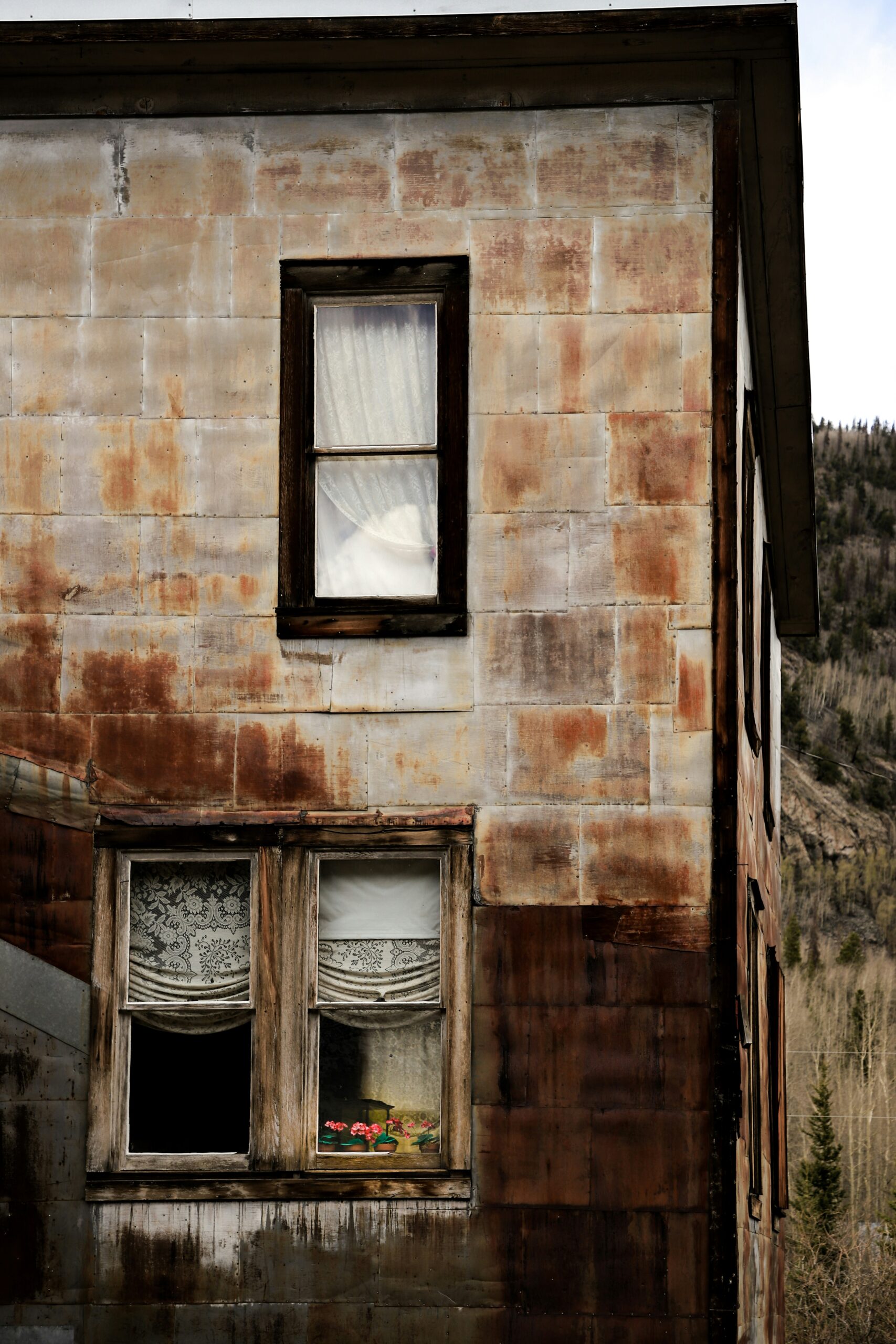
Planning Your California Ghost Town Adventure
Successful ghost town exploration requires careful consideration of seasonal weather patterns, terrain accessibility, and wildlife encounters. Visitors must also understand preservation regulations and practice responsible tourism to protect these fragile historical sites.
Seasonal Considerations and Access
Spring and fall offer the most comfortable conditions for ghost town exploration. Summer temperatures in desert locations can exceed 120°F, making outdoor exploration dangerous.
Winter access becomes limited in the Sierra Nevada Mountains. Snow blocks many mountain roads leading to historic sites like Malakoff Diggins State Historic Park from December through March.
Desert ghost towns near Death Valley National Park require early morning or late afternoon visits during summer months. Temperatures drop significantly after sunset, creating safer exploration conditions.
Road conditions vary dramatically by season and location. Many ghost towns sit at the end of unpaved roads that become impassable during winter storms or flash floods.
Visitors should check current road conditions and weather forecasts before departing. Some remote locations require high-clearance vehicles year-round.
Wildlife, Natural Parks, and Refuges
Ghost towns often exist within or adjacent to protected natural areas. Empire Mine State Historic Park combines mining history with oak woodland habitats that support diverse wildlife populations.
Mountain locations in the Sierra Nevada host black bears, mountain lions, and rattlesnakes. Visitors should store food properly and make noise while hiking to avoid surprising wildlife.
Desert ghost towns near wildlife refuges feature different hazards. Scorpions, desert bighorn sheep, and various snake species inhabit these areas.
Many historic mining sites like Malakoff Diggins showcase the environmental impact of hydraulic mining. These locations demonstrate how mining operations altered entire watersheds and ecosystems.
Visitors should maintain safe distances from all wildlife and never feed animals. Binoculars help observe wildlife behavior without disturbing natural patterns.
Preservation Efforts and Responsible Travel
Stay on designated paths to prevent damage to fragile structures and archaeological sites. Many ghost town buildings contain lead paint and asbestos materials that pose health risks when disturbed.
Leave no trace principles apply strictly to ghost town visits. Removing artifacts, even small items, violates state and federal laws protecting historic resources.
Photography remains encouraged, but visitors should avoid climbing on structures or moving objects for better shots. These actions accelerate deterioration of irreplaceable historical materials.
Volunteer opportunities exist at many sites including Nevada City area ghost towns. Organizations need help with maintenance, interpretation, and educational programs.
Walter Knott and other early preservationists demonstrated how proper restoration can save ghost towns for future generations. Their efforts created models for current preservation practices.
Report vandalism or illegal artifact collection to park rangers or local authorities immediately. Community involvement helps protect these cultural resources from destruction.
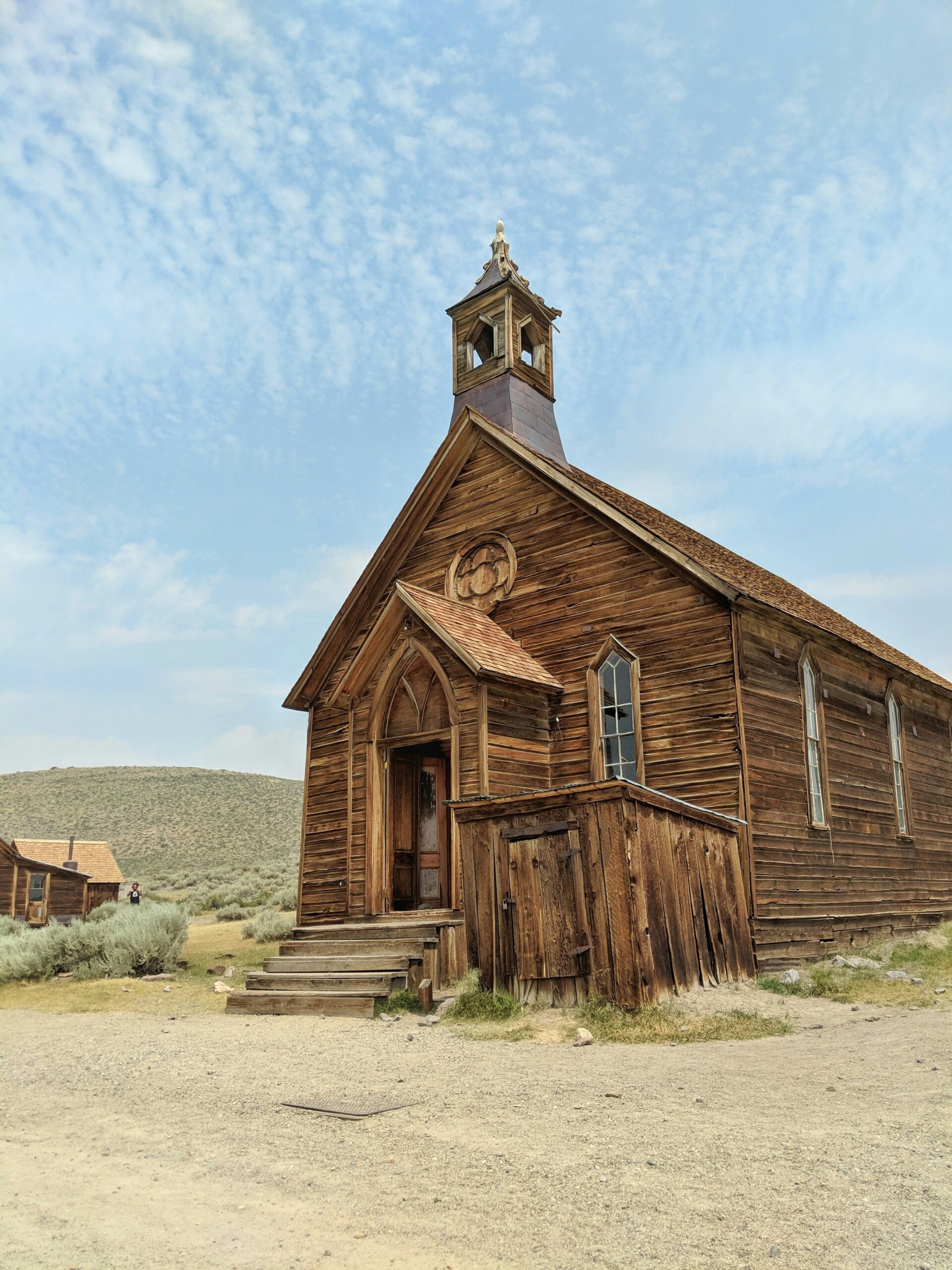
Frequently Asked Questions
Visitors planning ghost town adventures in California often seek information about top destinations, legal access, and historical significance. Most inquiries focus on preserved mining settlements, detailed maps for exploration, and the paranormal history of abandoned communities.
What are the top must-see ghost towns in California for a travel enthusiast?
Bodie State Historic Park stands as one of the best-preserved ghost towns in California. This former gold mining town in the Sierra Nevada mountains remains frozen in a state of arrested decay.
Calico represents another essential destination for ghost town enthusiasts. Calico sits on historic Route 66 near Barstowand served as a significant mining community during its operational years.
Randsburg offers visitors a unique experience as a living ghost town. The community peaked at 3,500 residents in 1899 when gold, silver, and tungsten mining thrived in the high desert hills.
Can you provide a guide to California's historic mining towns that are now abandoned?
California's ghost towns primarily emerged during the Gold Rush era when mining operations drove settlement development. These abandoned settlements dot the landscape across various regions of the state.
Mining towns typically experienced boom and bust cycles based on resource availability. Communities flourished when precious metals were discovered but declined rapidly when deposits were exhausted or became economically unviable.
Many former mining settlements preserved original structures including cabins, mine shafts, and commercial buildings. These remnants provide insight into 19th-century mining life and the challenges faced by early California settlers.
What are some ghost towns near me in California that I can legally visit?
Bodie State Historic Park allows public access through official state park channels. Visitors can explore preserved buildings and learn about the town's mining history through guided tours and interpretive programs.
Calico Ghost Town operates as a tourist attraction with legal public access. The site offers visitor amenities including tours, shops, and educational exhibits about mining history.
Several other ghost towns provide legal access through designated trails or private tour operators. Visitors should verify current access permissions and safety requirements before planning trips to specific locations.
How can I find a detailed map of Ghost Towns in Northern California?
Detailed ghost town maps serve as invaluable guides for navigating California's historical landmarks. These resources help visitors locate specific sites and plan efficient travel routes.
State tourism websites often provide official maps highlighting accessible ghost towns. County historical societies also maintain detailed mapping resources for their respective regions.
GPS coordinates and modern mapping applications help visitors navigate to remote ghost town locations. Many sites require off-road travel or hiking to reach abandoned settlements.
Are there any ghost towns in California that are available for purchase?
Some abandoned settlements occasionally appear on real estate markets as private property sales. These transactions typically involve significant acreage and may include mining rights or historical structures.
Potential buyers must research zoning restrictions, environmental regulations, and historical preservation requirements. Many ghost town properties carry legal obligations regarding historical site maintenance.
Property ownership does not guarantee development rights in locations with historical designations. Buyers should consult with legal professionals familiar with historical property regulations before pursuing purchases.
What is considered the most haunted town in California and what is its history?
Bodie frequently receives recognition as California's most haunted ghost town due to reported paranormal activity. The town's violent past during its mining boom years contributes to its supernatural reputation.
The community experienced numerous deaths from mining accidents, harsh weather conditions, and frontier violence. These historical tragedies form the foundation for many ghostly legends associated with the location.
Visitors and staff at Bodie State Historic Park have reported unexplained phenomena including mysterious sounds and apparitions. The town's preserved state maintains an atmosphere that enhances its haunted reputation among paranormal enthusiasts.

